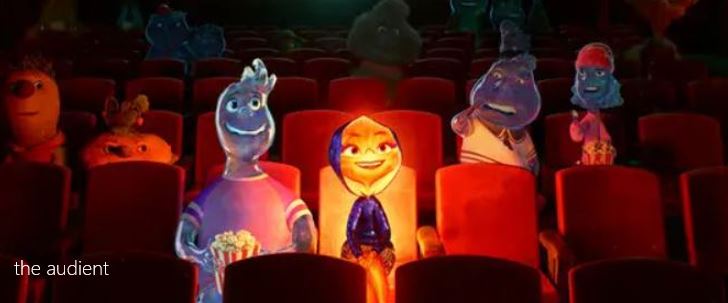
As part of my so-called "Movie Diet" (see here for a fuller explanation), I have vowed to review all new films I see between now and April 27th.
As much as we embrace technology for all the ways it makes our lives easier, we bristle at it when it comes to sacred art forms like the cinema. Film as a medium has so much a sense of nostalgia that's part and parcel to it, that we darn near fetishize the older ways of making movies, which seem like the last bastion of purity in a world that's too quickly changing. In other words, we're nothing if not contradictory.
Given how we do romanticize things like celluloid, however, it comes as a big surprise that Keanu Reeves does not. With a tagline like "Can Film Survive Our Digital Future?", one might expect the narrator/producer (though not director) of Side by Side to take the position that there's something inherently wrong with cinema's irreversible digital revolution. While that might have been a naive and in fact disingenuous position, one kind of longs for the documentary to take some kind of stance on the subject, rather than presenting the dry technical history that it does.
This is a rather dull presentation of the material, but that's not for lack of star wattage. One quick glance at the names on the poster above will show you that Reeves (who likely has more pull than director Chris Kenneally) got cooperation from no one less than the titans of the industry in making this consideration of the ways digital is rendering traditional film too cumbersome and expensive to remain viable. Not listed are also such big names as Christopher Nolan, George Lucas and Joel Schumacher -- though those last two probably carry enough of their own baggage to get nowhere near the advertising campaign. Reeves also interviews any number of DPs, as well as a couple other industry talents (including actors John Malkovich and Greta Gerwig), in getting a truly comprehensive survey of the opinions of current working professionals on the difference between the two mediums, as well as the importance of that difference.
But guess what? It's kind of boring. Which is not to say you won't learn a lot. The approach to explaining the various types of camera, the effect they produce, their costs, and the actual scientific mechanisms that are occurring inside of them is actually quite interesting stuff. Interesting stuff presented in a kind of boring way.
Fortunately, the interview subjects do consistently liven things up. Nearly any type of film fan will find someone working in his or her favorite film idiom, which is again a testament to how much industry people seem to like Reeves. And to his own credit, Reeves is asking all the right questions. He may have asked for one too many reaction shots, instead of being content just to be the voice off camera, but those have a certain entertaining quality as well: These interviews apparently took place over such a long period of time, Reeves has an entirely different length hairdo and beard in every scene. It's fun to start guessing whether the next shot will find him comparatively clean-cut, or with a beard so scraggly that it appears to have lost patches as a result of radiation sickness.
In terms of actual content, though, Side by Side does present a convincing and thorough argument that we are on the cusp of really losing something that's been a defining aspect of our lives as cinephiles. It also, however, kind of tells us that it doesn't matter. Digital cameras are getting so good at replicating the look of film, that the only things we're really losing are the high costs, and the fuzz and static that gave film its grungy personality.
And, I suppose, a small piece of our souls.

No comments:
Post a Comment